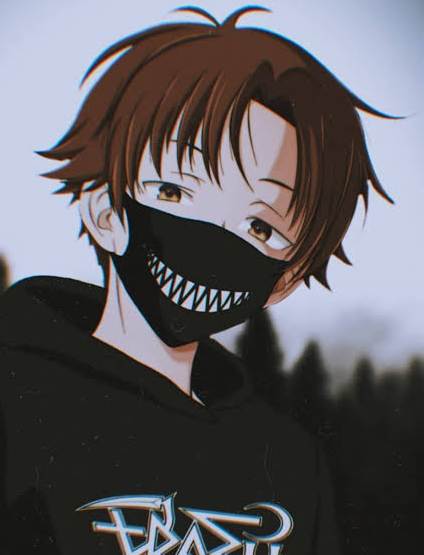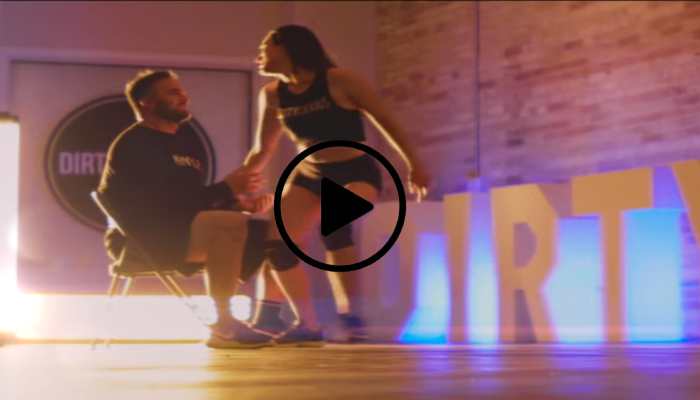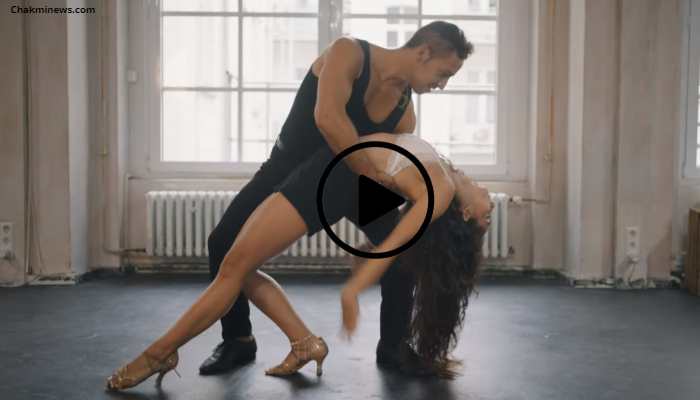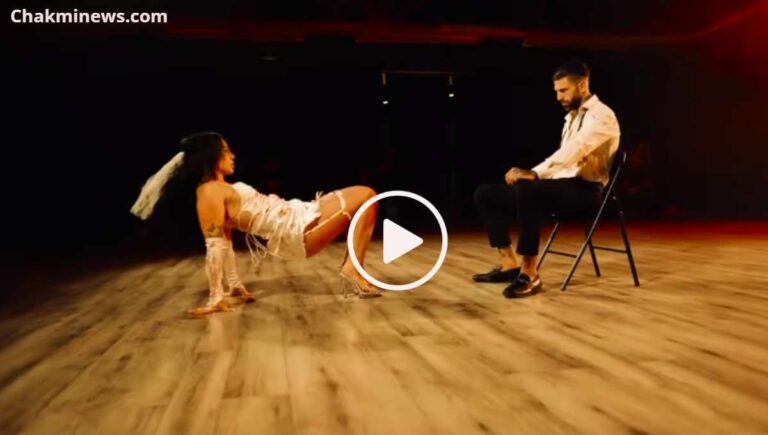What Are the Fundamental Components of a Belly Dance Costume?
Belly Dance Costume – Belly dance, also recognized as Oriental dance, emerges as an enchanting art form originating from the Middle East, captivating audiences across the globe. Its allure extends beyond captivating movements, encapsulating vibrant and intricate costumes that play a pivotal role in emphasizing the grace, beauty, and sensuality of the dancers while embracing the rich cultural heritage interwoven within the dance.
In a mesmerizing dance performance set against the stunning backdrop of the sea, the resplendence of intricately designed belly dance costumes takes center stage. Adorned with elaborate beadwork, shimmering coins, and flowing fabrics, these costumes elegantly complement the dancers’ graceful movements, offering a truly captivating experience.
Let’s explore the core elements that constitute a belly dance costume.
Bedlah: Central Elegance
The bedlah, meaning “suit” in Arabic, stands as the centerpiece of a belly dance costume. Comprising a fitted bra top and a matching belt or skirt, the bra top often features intricate details like beadwork, sequins, coins, or embroidery designed to accentuate the dancer’s curves. The belt or skirt, similarly adorned, emphasizes the movements of the torso.
Hip Scarf: Ornate Emphasis
A hip scarf, also known as a coin belt or hip wrap, forms an essential part of the costume. This wide, decorative belt worn over the bedlah is adorned with rows of metal coins, beads, or shells that create a delightful jingle as the dancer moves. It serves to accentuate the hip movements, adding an extra flair to the overall performance.
Skirt or Harem Pants: Varied Styling
Based on the style of belly dance, a dancer might choose to wear a skirt or harem pants. Skirts, whether long or short, flowing or form-fitting, are typically crafted from lightweight fabric with multiple layers for graceful movement. Conversely, harem pants, and loose-fitting trousers gathering at the ankle, allow for fluid leg movements and offer a more modest choice for those desiring additional coverage.
Veil: Enigmatic Beauty
The veil, an enchanting accessory, introduces an air of mystery to the performance. Crafted from a large, sheer piece of fabric, often silk or chiffon, it is adeptly maneuvered by the dancer to frame the body, creating mesmerizing visual effects and emphasizing the graceful flow of movements.
Accessories: Embellishing the Ensemble
Belly dance costumes often incorporate an array of accessories such as arm cuffs, wristbands, headpieces, earrings, necklaces, and finger cymbals, known as zills. These accessories, adorned with beads, gemstones, coins, or intricate metalwork, complement the costume and bring a radiant sparkle to the dancer’s performance.
Read Also – Where Can I Find a Professional Belly Dancer for My Event?
Footwear: Diverse Choices
Footwear choices in belly dance vary, with some performers opting for barefoot dancing for enhanced grounding and flexibility, while others may prefer soft-soled dance shoes or ballet slippers for added support and protection.
It’s important to note the extensive diversity in belly dance costumes, influenced by regional and cultural nuances. Styles such as Egyptian, Turkish, Lebanese, and American Tribal Style (ATS) boast unique characteristics and costume variations.
Belly dance costumes not only serve as a visual spectacle but also provide a means for dancers to express themselves, embrace femininity, and embody the artistry of this dance form. With their intricate designs, glistening embellishments, and flowing fabrics, these costumes stand as an integral part of the belly dance experience, celebrating the captivating beauty and diversity inherent in this timeless dance style.
Read Also – Is Kizomba Considered a Romantic Dance?

Pulkeet Gupta is a dedicated content writer specializing in the field of education and entertainment niche. With a passion for learning and a keen interest in sharing knowledge, Pulkeet has established himself as a prominent figure in the education and entertainment writing community.






